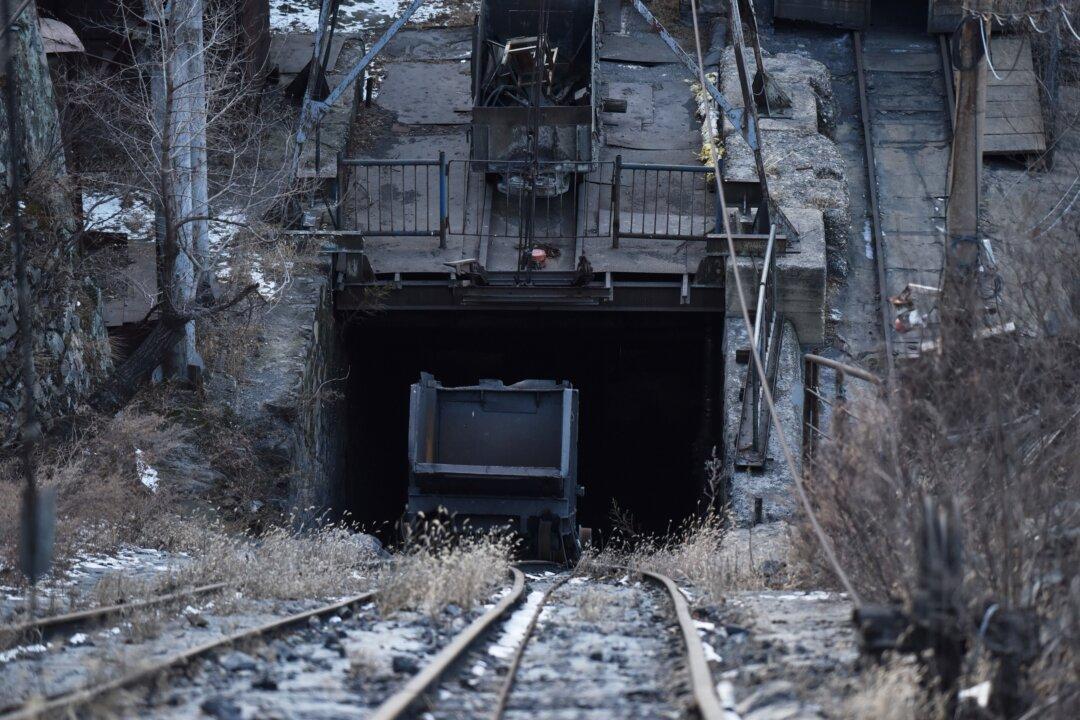Almost a million coal jobs could be lost by the middle of this century as mines worldwide retire, with nearly 100 workers potentially losing employment daily by 2035, even without any pro-climate policies being implemented.
“By 2050—a timeframe within the career of an under-forty-year-old coal miner working today—nearly 1 million coal mine jobs (990,200) will no longer exist at operating mines,” said an Oct. 9 report by Global Energy Monitor (GEM). This could result in the laying off of more than a third of the current global workforce. The estimate took into account the coal industry’s foreseeable closures.





